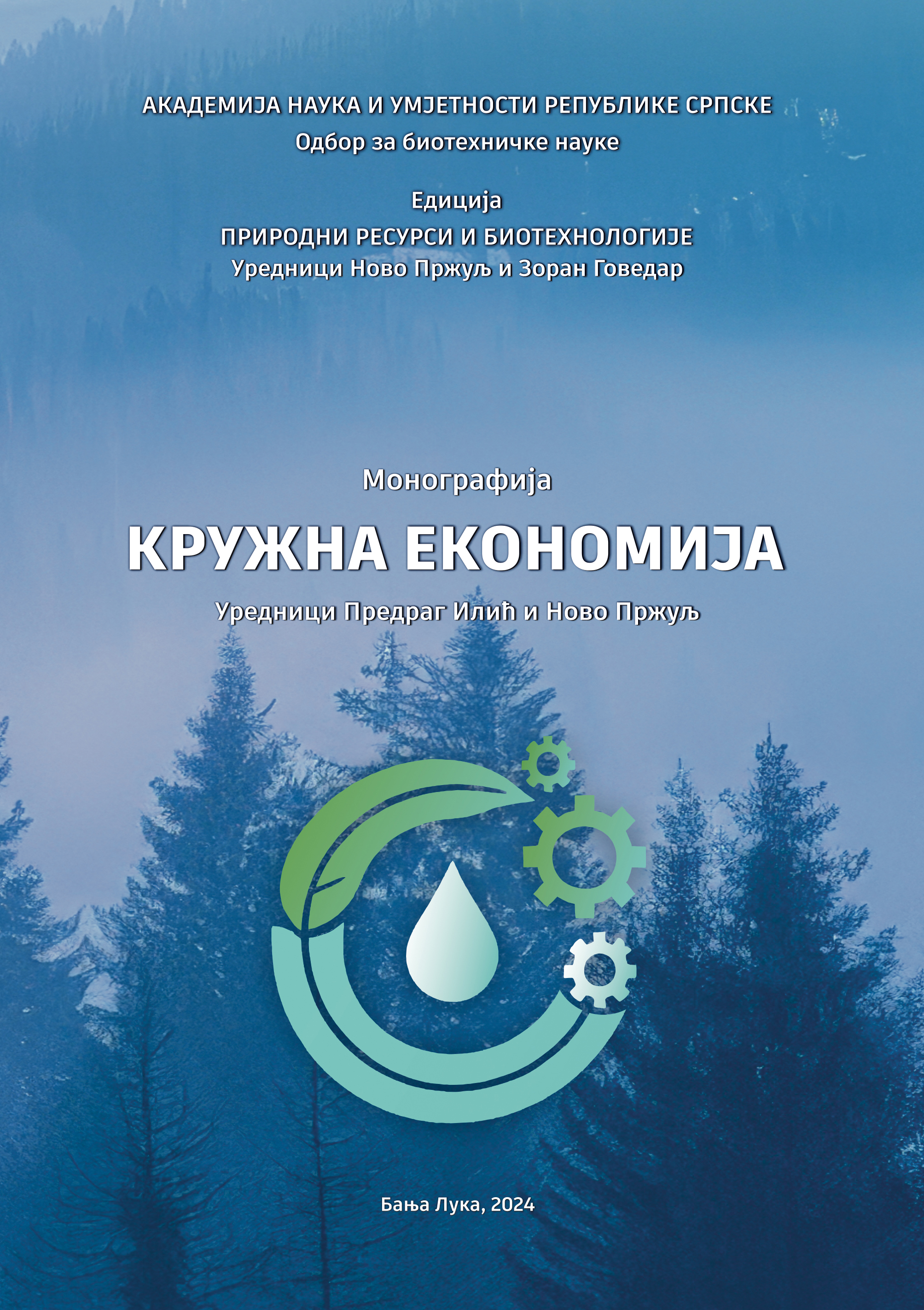Circular Economy and Sustainable Consumption
DOI:
https://doi.org/10.7251/PRB2401169RKeywords:
Circular Economic Model, Sustainable Development, Agriculture, Sustainable Development Goals (SDGS), Conservation, Resource ManagementAbstract
World is facing severe economic as well as environmental problems due to rapid industrialization, over-use of natural resources for extraction of raw material, and exponential growth of consumption patterns. On the other hand, the finite natural resources, especially in agriculture, are under constant threat of scarcity due to meeting the food/feed/fiber needs of growing population. The linear economic model worsens the situation as it is based on “take-make-dispose” approach and hence does not support recycling, repair, reuse, or remanufacturing of existing products. Circular economy (CE) has emerged as a significant approach in terms of waste reduction, natural resources conservation and sustainable development in many sectors including agriculture. It plays a vital role towards achieving the many of the United Nations’ (UN) sustainable development goals (SDGs) such as poverty eradication (SDG 1), sustainable production and consumption patterns (SDG 12), dealing with the climate change (SDG 13), and protecting the ecosystem (SDG 13, 14). Circular economy offers a sustainable solution to the current non-environment friendly practices through different strategies and principles such as designing out the waste, keeping the products/material in use, regeneration of natural ecosystem, using renewable energy/sources, collaboration and system thinking, innovation and adoption of new technologies, and consumer engagement and behavior change.
